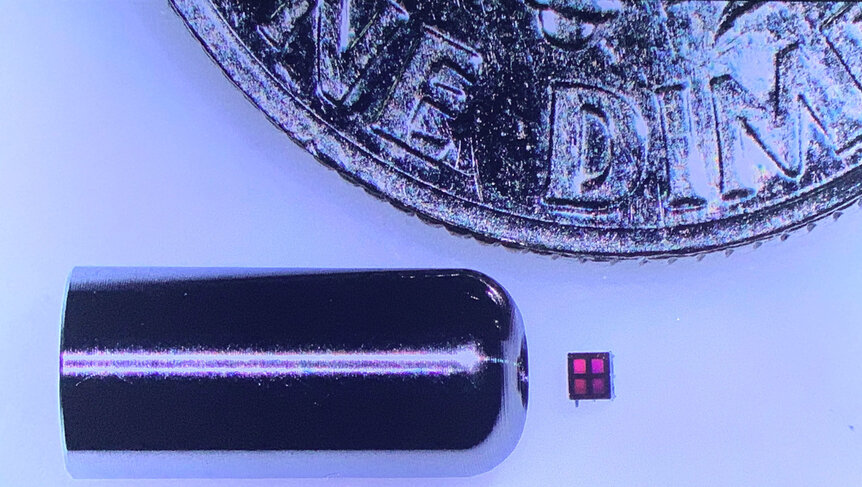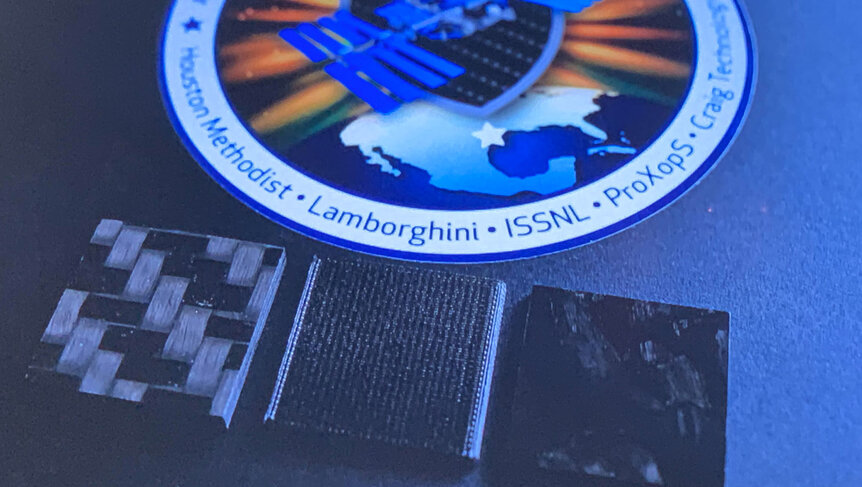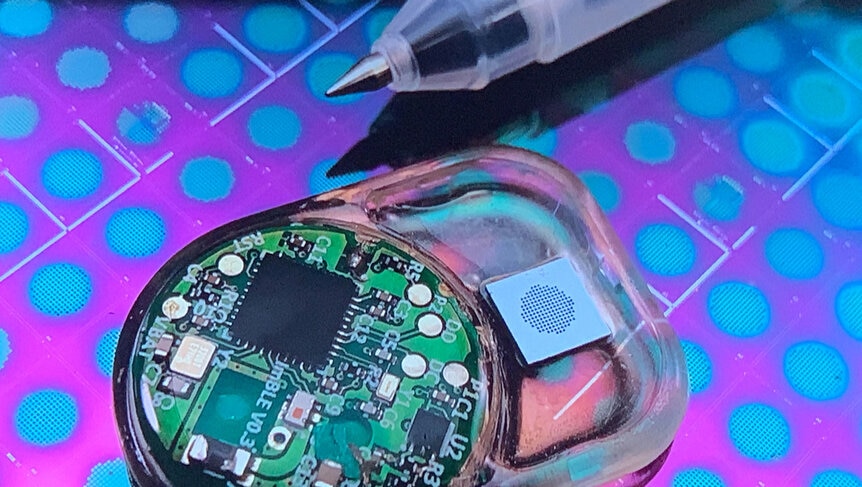Create a free profile to get unlimited access to exclusive videos, sweepstakes, and more!
Nanomedicine looks like a Borg implant but can save lives in space

While nanomedicine implants recently launched into space may look like they're straight out of the slightly terrifying side of Star Trek, they won’t assimilate you with cybernetic life-forms and suck you into the Collective.
NASA recently sent more science to the ISS on the Northrop Grumman 12th resupply mission, and one of the experiments on board was an implant that could revolutionize medicine in space and on Earth — and possibly help prevent some of the detrimental effects of microgravity on the human body. It won’t even need refills for long periods of time. The Center of Space Nanomedicine at Houston Methodist Research Institute, created and led by Dr. Alessandro Grattoni, has partnered with Lamborghini to make medical advances not even Starfleet ever heard of.
“The device can treat many different chronic diseases from cancer to diabetes to hormone deficiencies,” Grattoni told SYFY WIRE at a pre-launch press briefing. “We will also be partnering with pharmaceutical companies to treat patients in the future.”
Nanomedicine takes medicine administered over long periods of time to the next level. Time-release devices available now, like birth control implants, are non-refillable. They not only have to be implanted surgically, but also removed surgically when the medication runs out. Grattoni’s implant is designed to not only release the proper dose of medicine over time, but can be refilled through the skin. We need to be able to access necessary treatments and vaccines if we’re planning an extended stay on the Moon or Mars. You can’t exactly bring an hospital along on a payload.
The Center for Space Nanomedicine at HMRI is the first of its kind. It emerged from the Department of Nanomedicine, which Grattoni is also the chairman of. So why the collab with a company known for many people’s dream cars? It seems like an unlikely pairing, but Lamborghini already manufactures carbon fiber materials (below) for the Department of Nanomedicine, so using these materials made sense for taking medical nanotechnology 200 miles above the surface.
“After a period of 6 months on the ISS, we want to see how these materials fare in terms of their properties, and if physical and chemical structure is preserved as well. This will help us see how the materials work in an extreme environment,” Grattoni said.
Next for Grattoni’s team is something even more extraordinary and Borg-like; nano-telemedicine. An implant about the size of a grape (below), equipped with Bluetooth technology to consult doctors back on Earth, will rely on a remote control to tell it to store and release medication as needed. Remote doctor appointments will determine how an astronaut’s medicine is adjusted and enable the doctor to control the device by sending a command that makes it increase, decrease, or stop dosage. This unreal device will be tested on the ISS next year.
These experiments have already proven one thing, even though the results will not be released for a while. Even in space, you still need medical insurance.





























